
Werner Herzog is a German filmmaker, actor, opera director, and author. Regarded as a pioneer of New German Cinema, his films often feature ambitious protagonists with impossible dreams, people with unusual talents in obscure fields, or individuals in conflict with nature. His style involves avoiding storyboards, emphasizing improvisation, and placing his cast and crew into real situations mirroring those in the film they are working on.
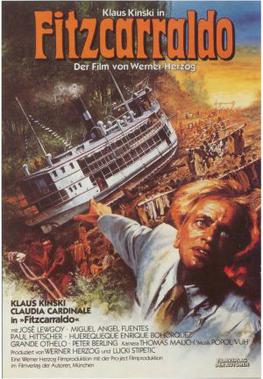
Fitzcarraldo is a 1982 West German epic adventure-drama film written, produced, and directed by Werner Herzog, and starring Klaus Kinski as would-be rubber baron Brian Sweeney Fitzgerald, an Irishman known in Peru as Fitzcarraldo, who is determined to transport a steamship over a steep hill to access a rich rubber territory in the Amazon basin. The character was inspired by Peruvian rubber baron Carlos Fitzcarrald, who once transported a disassembled steamboat over the Isthmus of Fitzcarrald.

Lessons of Darkness is a 1992 documentary film directed by Werner Herzog. The film is an exploration of the ravaged oil fields of post-Gulf War Kuwait, decontextualized and characterized in such a way as to emphasize the terrain's cataclysmic strangeness. An effective companion to his earlier film Fata Morgana, Herzog again perceives the desert as a landscape with its voice.
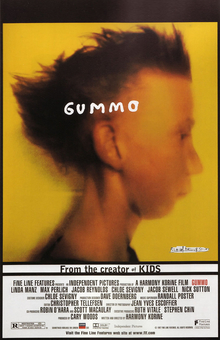
Gummo is a 1997 American experimental drama film written and directed by Harmony Korine, and stars Linda Manz, Max Perlich, Jacob Reynolds, Chloë Sevigny, Jacob Sewell, and Nick Sutton. The film is set in Xenia, Ohio, a Midwestern American town that had been previously struck by a devastating tornado. The loose narrative follows several main characters who find odd and destructive ways to pass time, interrupted by vignettes depicting other inhabitants of the town.

Even Dwarfs Started Small is a 1970 West German absurdist comedy-drama film written, produced, and directed by Werner Herzog.
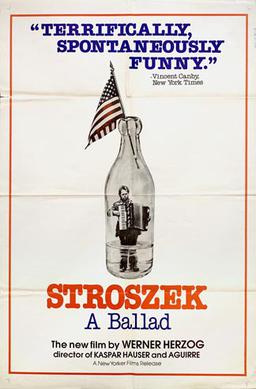
Stroszek is a 1977 West German tragicomedy film directed by Werner Herzog and starring Bruno S., Eva Mattes, and Clemens Scheitz. Written specifically for Bruno S., the film was shot in Plainfield, Wisconsin, and North Carolina. Most of the lead roles are played by inexperienced actors.
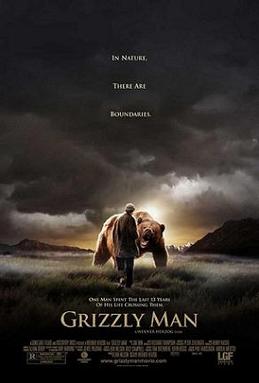
Grizzly Man is a 2005 American documentary film by German director Werner Herzog. It chronicles the life and death of bear enthusiast and conservationist Timothy Treadwell and his girlfriend Amie Huguenard at Katmai National Park, Alaska. The film includes some of Treadwell's own footage of his interactions with brown bears before 2003, and of interviews with people who knew or were involved with Treadwell, in addition to professionals who deal with wild bears.
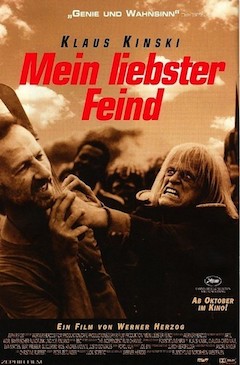
My Best Fiend is a 1999 German documentary film written and directed by Werner Herzog, about his tumultuous yet productive relationship with German actor Klaus Kinski. It was released on DVD in 2000 by Anchor Bay.
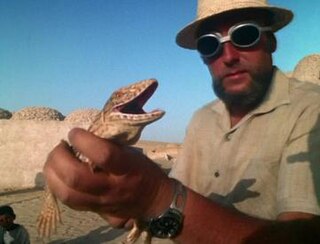
Fata Morgana is a 1971 film by Werner Herzog, shot in 1968 and 1969, which captures mirages in the Sahara and Sahel deserts. Herzog also wrote the narration by Lotte H. Eisner, which recounts the Mayan creation myth, the Popol Vuh.

Werner Herzog Eats His Shoe is a short documentary film directed by Les Blank in 1980, that depicts director Werner Herzog living up to his alleged vow to eat his shoe if Errol Morris ever completed the film Gates of Heaven.
Bells from the Deep: Faith and Superstition in Russia, is a 1993 documentary film written and directed by Werner Herzog, produced by Werner Herzog Filmproduktion.

The Great Ecstasy of Woodcarver Steiner is a 1974 documentary film by German filmmaker Werner Herzog. It is about Walter Steiner, a celebrated ski jumper of his era who worked as a carpenter for his full-time occupation. Showcased is Steiner's quest for a world record in ski flying, as well as the dangers involved in the sport. Herzog has considered it one of his "most important films."
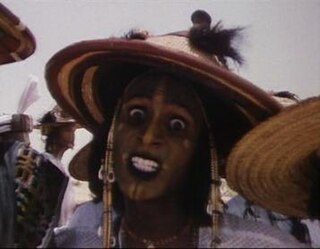
Herdsmen of the Sun is a 1989 documentary film by Werner Herzog. The film explores the social rituals and cultural celebrations of the Saharan nomadic Wodaabe tribe. Particular focus is given to the Gerewol celebration, which features an elaborate male beauty contest to win wives.
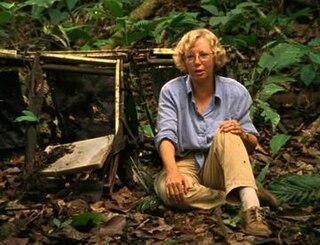
Wings of Hope is a 1998 made-for-TV documentary directed by Werner Herzog. The film explores the story of Juliane Koepcke, a German Peruvian woman who was the sole survivor of Peruvian flight LANSA Flight 508 following its mid-air disintegration after a lightning strike in 1971. Herzog was inspired to make this film since he had narrowly avoided taking the same flight while he was location scouting for Aguirre, the Wrath of God; his reservation had been canceled due to a last minute change in itinerary.
Gesualdo: Death for Five Voices is a 1995 film by German director Werner Herzog filmed for ZDF television. The film explores the music of Carlo Gesualdo and the legends surrounding Gesualdo's personality, his cursed castle, and his murder of his wife and her lover. Between narration and interviews, several of Gesualdo's madrigals are performed. Herzog calls Death for Five Voices "one of the films closest to my heart."
Game in the Sand is an unreleased short film written and directed by Werner Herzog in 1964. The plot concerns four children and a rooster in a cardboard box, and includes a scene where the chicken is buried in sand up to its neck. Very little information about the film and its production is known.
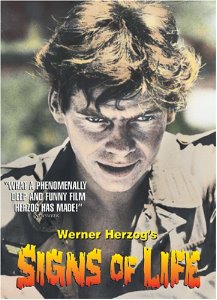
Signs of Life is a 1968 feature film written, directed, and produced by Werner Herzog. It was his first feature film, and his first major commercial and critical success. The story is roughly based on the short story "Der Tolle Invalide auf dem Fort Ratonneau" by Achim von Arnim.
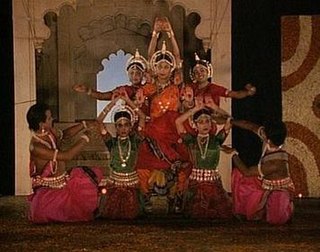
Jag Mandir, sometimes known by its subtitle, The Eccentric Private Theatre of the Maharaja of Udaipur, is a 1991 documentary film directed for television by Werner Herzog. The bulk of the film consists of footage of an elaborate theatrical performance for the Maharaj Arvind Singh Mewar at the City Palace of Udaipur, Rajasthan staged by André Heller.

Scream of Stone is a 1991 film directed by Werner Herzog about a climbing expedition on Cerro Torre. The film was shot on location at Cerro Torre, with several scenes filmed close to the summit.

My Son, My Son, What Have Ye Done is a 2009 crime drama film directed by Werner Herzog, and written by Herzog and Herbert Golder. The film stars Michael Shannon as Brad McCullam, a mentally unstable man who kills his own mother after becoming obsessed with a play he is starring in. The film follows a hostage situation resulting from the murder, while also showing the events of McCullam's life leading up to the murder in flashback, with Willem Dafoe appearing as the lead detective, and Chloë Sevigny as McCullam's fiancée.
















